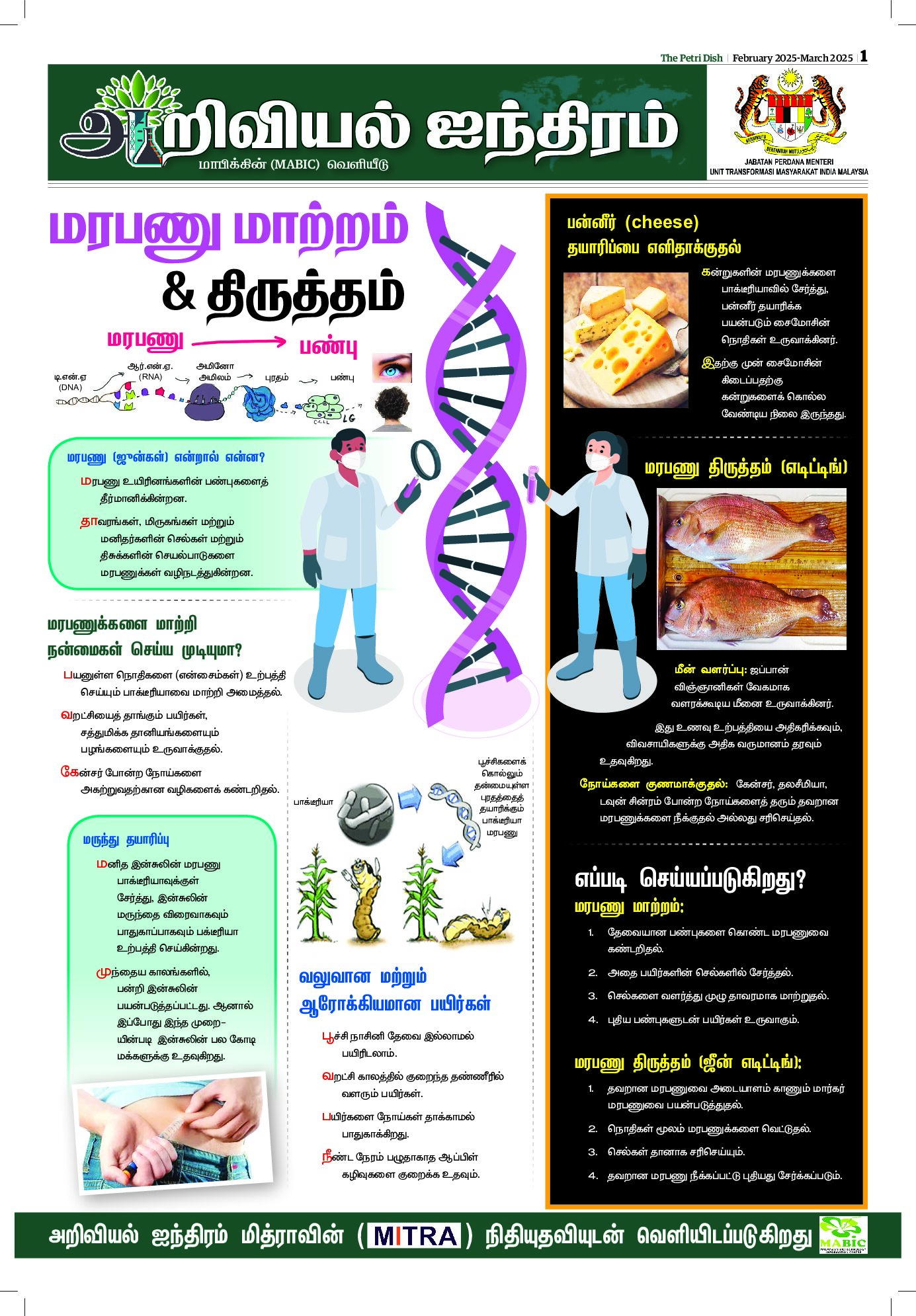Twenty-two years since its enactment, China’s Science and Technology Popularization Law was revised for the first time in December last year, amid the country’s rapid advancements in high-tech fields.
Yin Hejun, minister of science and technology, told Xin Hua News Agency, that revising the law was imperative as China currently faces several challenges in science popularization, such as insufficient recognition of its significance, a lack of initiative, and an inadequate supply of quality science communication products and services.
National lawmaker Zhong Zhihua told Xin Hua, “The revised law will drive innovation in science popularization, enabling it to promote social progress alongside technological innovation.”
Reportedly the revision comes just in time, as China is striving to become a leading country in science and technology by 2035, experts said.
The revised law highlights the vital role of science popularization, explicitly stating that the country places it on par with technological innovation in terms of importance.
“It is great news for us science popularizers,” said Hu Yang, a physician with Shanghai Pulmonary Hospital. “This is a strong affirmation of the importance of science popularization.”
Hu has been engaged in online medical science knowledge publicity for seven years, publishing over 5,000 articles and videos. He believes that medical science popularization helps the public understand medical knowledge, while medical research provides the scientific foundation for popularization.
In 2003, the China Association for Science and Technology launched a nationwide series of science popularization activities, with such campaigns held 22 times since then. Over 200,000 activities were held across the country in September this year.
To institutionalize this approach, the law designates September as the annual national science popularization month.
Wang Ting, head of the China Research Institute for Science Popularization, said that this revision will help integrate science popularization activities into the public’s daily life, as well as into school curricula, as September is the start of the new school year.
The revised law adds a new chapter on “science popularization activities,” which encourages innovation entities to engage in the dissemination of new technologies and knowledge, while also specifying the need to strengthen the review, monitoring, and evaluation of popularization efforts.
“The more cutting-edge the technology, the more attention must be paid to its potential negative impacts,” said Peng Chunyan, a researcher at a talent service center of the Ministry of Science and Technology, emphasizing the need for timely and accurate publicity on new technologies and knowledge.
Another new chapter of the law – “science popularization personnel” – focuses on cultivating professional science popularizers by improving assessment and incentive mechanisms. The country now has nearly 2 million science popularizers and 4.56 million registered sci-tech volunteers.
“I support the new chapter. It will attract more talent to the cause of science popularization,” said Ji Shaoting, founder of the Future Affairs Administration, a sci-fi cultural company.
Ji called for more supporting policies and systems for the law, saying that it is necessary to advance the education and training for science popularization professionals to improve their publicity skills.
She also expressed a wish for more job opportunities. “Sustained income is essential to ensuring long-term science popularization efforts,” she said. •
Scientists investigate fish skin for
treating severe burns
Pioneering research from the Ateneo de Manila University could turn bangus fish skin – a common byproduct of the Philippine fishing industry, often discarded as waste – into an invaluable medical resource.
The Ateneo scientists found that milkfish (Chanos chanos, better known as “bangus” in the Philippines) could give doctors an economical way to treat patients with massive burns and other major injuries.
While not meant as a home remedy, wound dressings made from fish skin may become a cost-effective and vital tool for doctors in developing countries like the Philippines.
When a person’s skin is severely damaged – such as in a large third-degree burn, where all skin layers are affected—doctors may dress the wound with an artificial skin to protect exposed tissues and to promote the healthy growth of the patient’s own skin cells.
This groundbreaking Ateneo study is the first time that bangus skin has been eyed for this purpose, whereas previous studies have used tilapia (Oreochromis niloticus).
As bangus is commonly raised and sold all across the Philippines, this research holds major implications for healthcare in the country: it offers the possibility of an affordable and sustainable wound care method that also potentially reduces reliance on imported medical materials.
And since fish skin is often discarded as waste, this research also promotes environmental sustainability.
“Among the economically significant fish species in the Philippines, bangus is one of the most widely cultivated. However, limited research has been conducted on the suitability of milkfish skin for wound care,” the researchers said in their paper.
“Given its abundance and potential collagen content, milkfish skin presents a valuable opportunity to expand the donor pool for fish skin grafting,” they added.
The Ateneo scientists compared bangus and tilapia skins collected from a local market in Metro Manila, making sure that these were fresh and free from impurities. The skins were descaled, rinsed with salt water, and cut into uniform strips. Some fish skin samples were then sterilized in a solution of silver nanoparticles (AgNP); the untreated skins served as control samples.
AgNP-treated bangus samples consistently showed complete inhibition of bacterial and fungal growth, and close inspection under a microscope also revealed that bangus skin retained its collagen structural integrity just as well as tilapia skin.
“This research provides innovative, cost-effective, and sustainable wound-healing solutions by demonstrating that milkfish skin can be effectively sterilized and used similarly to tilapia skin. This finding can potentially transform wound care in underserved areas, improving patient outcomes in regions with limited access to advanced medical facilities,” the paper concluded.










